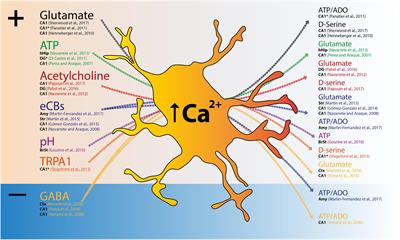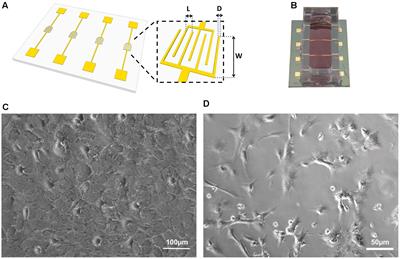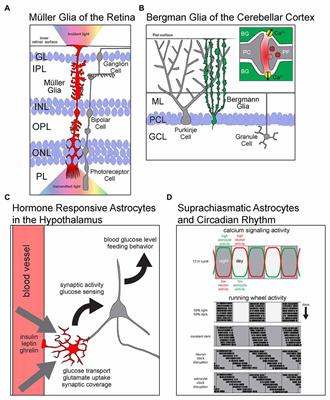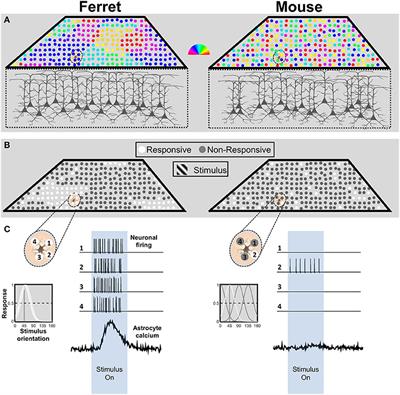ORIGINAL RESEARCH
Published on 07 Aug 2018
Region-Specific Reductions in Morphometric Properties and Synaptic Colocalization of Astrocytes Following Cocaine Self-Administration and Extinction

doi 10.3389/fncel.2018.00246
- 4,382 views
- 43 citations
15k
Total downloads
83k
Total views and downloads
Select the journal/section where you want your idea to be submitted:
ORIGINAL RESEARCH
Published on 07 Aug 2018

METHODS
Published on 13 Apr 2018

ORIGINAL RESEARCH
Published on 01 Feb 2018

MINI REVIEW
Published on 17 Jan 2018

REVIEW
Published on 24 Nov 2017

ORIGINAL RESEARCH
Published on 23 Nov 2017

ORIGINAL RESEARCH
Published on 23 Oct 2017

MINI REVIEW
Published on 27 Sep 2017

OPINION
Published on 22 Mar 2017


Frontiers in Neural Circuits
Frontiers in Synaptic Neuroscience
Frontiers in Systems Neuroscience